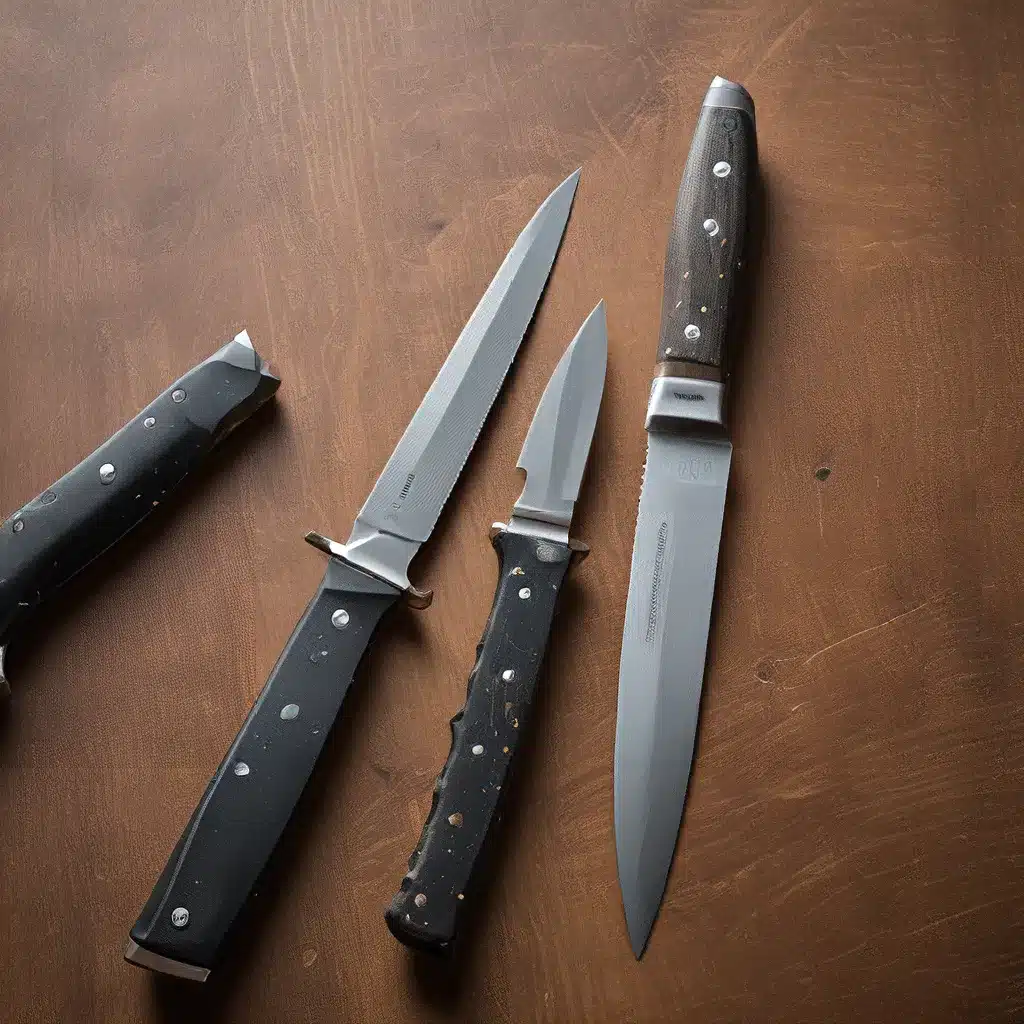
As a self-proclaimed knife enthusiast, I’ve always been fascinated by the intricate dance between the law and the blade. It’s a delicate tightrope walk, where personal passions and public safety intersect, often leading to heated debates and unexpected twists. Today, we’ll dive into the murky waters of high-profile knife incidents and explore the legal implications that can send shockwaves through the knife community.
The Razor’s Edge: Navigating the Legal Landscape
Let’s start with a simple question – when does a knife go from being a useful tool to a potential weapon? The answer, my friends, is not as straightforward as you might think. The legal boundaries surrounding knives can be as sharp and unpredictable as the blades themselves. Depending on the jurisdiction, the size, blade length, or even the intended use of a knife can determine whether it’s considered a lawful possession or a criminal offense.
Imagine a scenario where a collector proudly displays their prized Damascus steel knife on their mantle. In one state, it might be a harmless hobby, while in another, it could land them in hot water with the authorities. It’s a reality that knife enthusiasts have to navigate with utmost care, lest they find themselves on the wrong side of the law.
Blades and the Law: A Delicate Balance
To further complicate matters, the legal status of knives can vary dramatically across different regions and even specific incidents. What might be considered a benign utility knife in one case could be labeled a deadly weapon in another. It’s a world where perception, context, and the subjective interpretations of law enforcement can make all the difference.
Take, for instance, the recent high-profile case of the Wichita State University knife incident. A student was arrested and faced potential expulsion for carrying a small folding knife on campus – a routine practice for many knife owners. However, in the eyes of the university authorities, this seemingly innocuous possession was deemed a threat to public safety, leading to a heated debate about the boundaries of personal freedom and institutional policies.
Blades and Boundaries: Exploring the Grey Area
As I delve deeper into the legal landscape surrounding knives, I’m struck by the sheer complexity of the issue. It’s not a simple matter of black and white, but rather a vast grey area where nuance, interpretation, and societal perceptions play a crucial role.
Consider the case of the DC Metro knife incident, where a man was arrested for carrying a knife on the subway system, despite it being a legal item in the district. The authorities argued that the knife, though legally owned, posed a potential threat in the confined space of public transportation. This case highlights the delicate balance between individual rights and the perceived need for public safety, a balance that is often struck differently across jurisdictions.
The Evolving Legal Landscape: Towards a Clearer Path
As I reflect on these high-profile incidents, I can’t help but wonder – is there a path towards a more unified and rational approach to knife-related laws? The truth is, the legal landscape surrounding knives is constantly evolving, with lawmakers and courts grappling with the nuances and challenges of this complex issue.
Some experts suggest that standardized blade length restrictions or more clearly defined guidelines for what constitutes a “weapon” could provide a framework for consistent enforcement. Others argue for increased education and dialogue between knife enthusiasts, law enforcement, and policymakers to foster a better understanding of the varied uses and cultural significance of knives.
Conclusion: Navigating the Knife Conundrum
In the end, the legal implications of high-profile knife incidents are a double-edged sword, with no simple solutions in sight. As a knife enthusiast, I am left with a sense of cautious optimism – the hope that through continued discourse, reasoned debate, and a willingness to find common ground, we can chart a path forward that respects both individual freedoms and the broader need for public safety.
After all, the beauty of a well-crafted knife lies not only in its form and function, but in the rich tapestry of history, culture, and personal expression that it represents. And it is our responsibility, as engaged citizens, to ensure that the legal landscape evolves in a way that celebrates and protects this intricate and often misunderstood aspect of human experience.
So, let us continue to explore, to question, and to advocate – for the sake of the blades we cherish and the society we strive to build, where the lines between personal passion and public welfare are not merely blurred, but thoughtfully and judiciously drawn.


